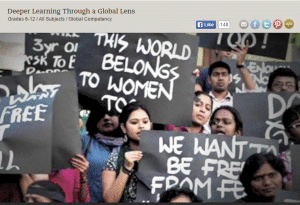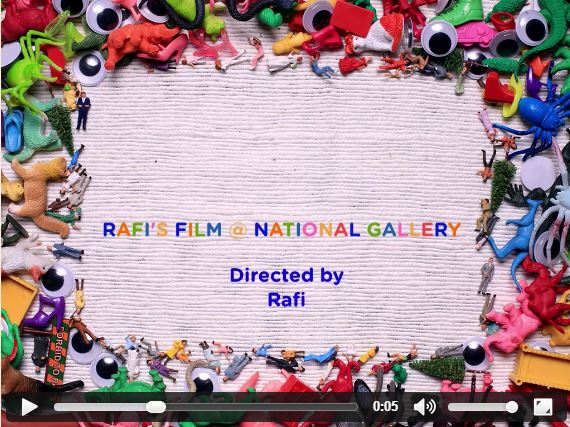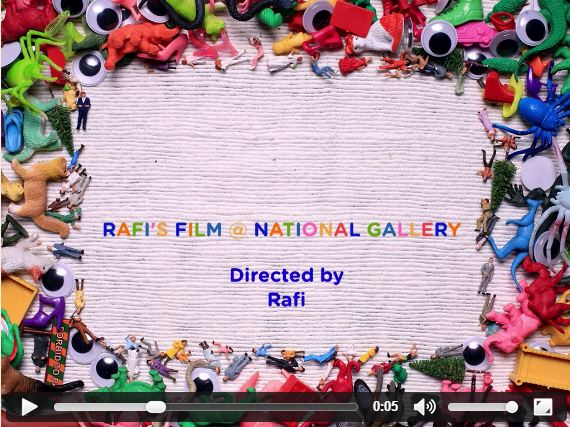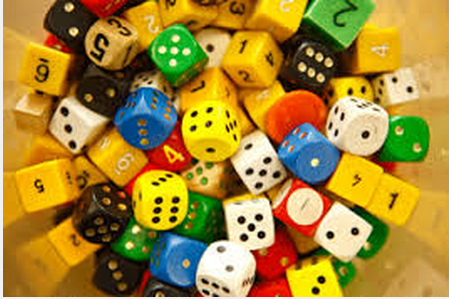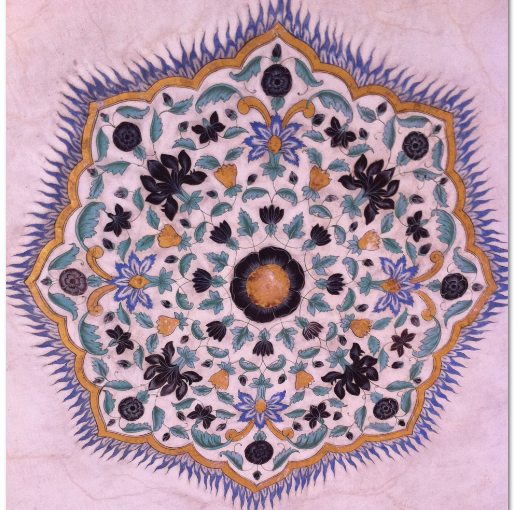What does it mean to educate learners for life and work in the global innovative age?
What is meant by global competencies?
What are some ways learners develop perspective and empathy?
The video at https://www.teachingchannel.org/videos/building-global-citizens-asis goes a long way to answering these questions.
Learning that is student centred, project based and authentic is the focus of a series of videos by the Asia Society.
I came across the Asia Society as part of my interest in global learning. It is a leading educational organization dedicated to promoting mutual understanding and strengthening partnerships among peoples, leaders and institutions of Asia and the United States in a global context. Asia Link, which is Australia’s leading centre for the promotion of public understanding of the countries of Asia and of Australia’s role in the region, is the key provider of information, training and professional networks. The Asia Society Center (sic) for Global Education and the Asia Education Foundation are the respective education arms of these two organisations.
http://asiasociety.org/
http://asiasociety.org/education/center-global-education
http://asialink.unimelb.edu.au/
http://www.asiaeducation.edu.au/
See also my blog post “How to Build Global Competence” http://bethinkglobal.com.au/global-competence-building-part-1/

